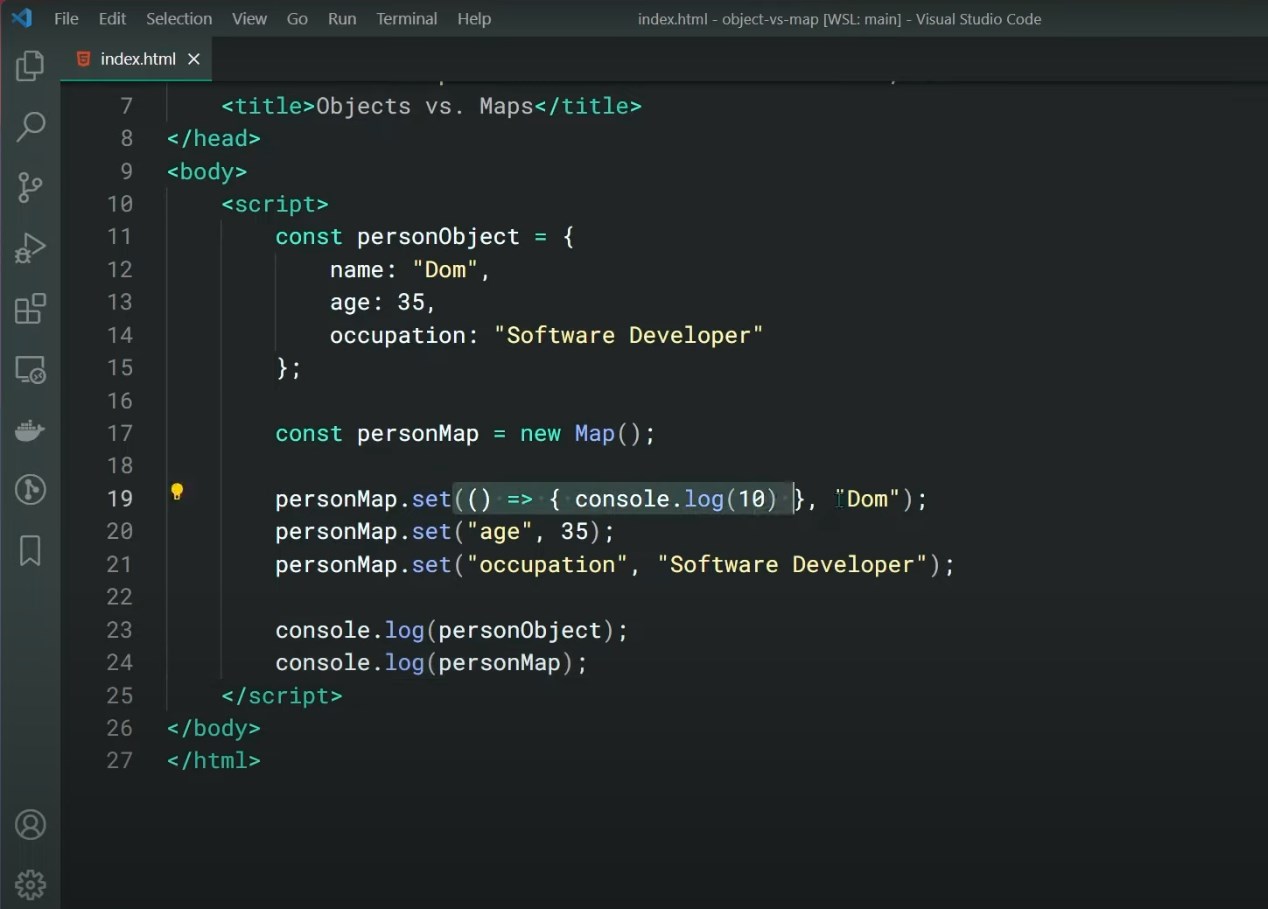Transforming JavaScript Maps into Objects
Maps and JavaScript objects are fundamental data structures used in web development to store and manage collections of key-value pairs. While maps have unique advantages in certain scenarios, in some cases, transforming a map into an object can simplify data manipulation and organization.
In this article, we will delve into the process of converting JavaScript maps into objects, highlighting its benefits, and providing practical examples of usage.
Understanding JavaScript Maps
JavaScript maps are highly versatile data structures that allow developers to associate keys with values, and these keys can be of any type. Maps maintain the order of elements and provide efficient methods for adding, removing, and retrieving values. However, working with maps can sometimes be less intuitive than working with objects, which are more commonly used.
Converting Maps to Objects
To convert a JavaScript map into an object, you can iterate through all the map entries and create a new object, using the keys from the map as property names and the associated values as property values. Here’s a simple example:
const map = new Map(); map.set(‘name’, ‘John’); map.set(‘age’, 30); const obj = {}; for (const [key, value] of map.entries()) { obj[key] = value; } console.log(obj); // { name: ‘John’, age: 30 }
Benefits of Mapping to Objects:
- Familiarity: Objects are the foundation of JavaScript, making them a more natural choice for many developers. Converting maps to objects can simplify code readability and maintenance;
- Serialization: Objects are easily serialized to JSON, a common data exchange format. Maps, on the other hand, require more effort for serialization;
- Compatibility: Some third-party libraries and APIs may expect data in the Object format. Converting maps to objects can ease integration with such systems.
Use Cases:
- API Responses: When receiving data from APIs, responses are often provided in the form of objects. Converting map-based data to objects before sending it to the client side ensures consistency;
- Data Transformation: Maps are useful for intermediate data storage, but when it comes to final data representation or transformation, using objects can be more intuitive;
- Configuration Storage: Configurations and settings can be stored as maps, which makes them easy to modify. Converting them to objects when applying these settings simplifies their usage.
In conclusion, converting JavaScript maps to objects can simplify data manipulation and enhance code clarity in various scenarios. While maps have their merits, the conversion process bridges the gap between these two data structures, allowing developers to harness the full potential of JavaScript in their applications.
Conclusion
In this exploration of converting JavaScript maps into objects, we’ve uncovered practical benefits and examples of this conversion process. JavaScript objects, with their familiarity to developers, compatibility with widely used data exchange formats like JSON, and seamless integration with various libraries and APIs, make them a valuable choice. Such conversion streamlines code, improves readability and ensures data consistency.
Whether you’re working with API responses, data transformation tasks, or storing configurations, converting maps to objects provides a more intuitive and efficient approach. Leveraging the strengths of both data structures, developers can optimize their code for easier maintenance and better adherence to JavaScript’s core principles.
In the ever-evolving landscape of web development, mastering the art of converting different data structures is a valuable skill. Understanding when and how to convert maps to objects empowers developers to make informed decisions, resulting in cleaner, more efficient, and accessible web applications.
Unlocking the Power of Indexing with For…of in JavaScript
Maps and JavaScript objects are fundamental data structures used in web development to store and manage collections of key-value pairs. While maps have unique advantages in certain scenarios, in some cases, transforming a map into an object can simplify data manipulation and organization. In this article, we will delve into the process of converting JavaScript …
Understanding Truthy and Falsy Values in JavaScript
Maps and JavaScript objects are fundamental data structures used in web development to store and manage collections of key-value pairs. While maps have unique advantages in certain scenarios, in some cases, transforming a map into an object can simplify data manipulation and organization. In this article, we will delve into the process of converting JavaScript …
